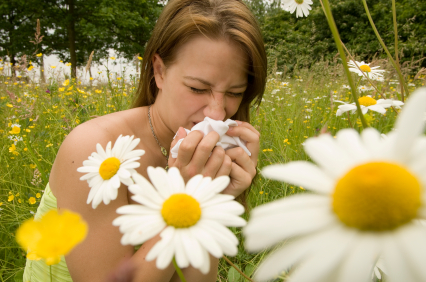
Many people suffering from latex allergies, but do not know the cause of their symptoms. People tend to dismiss their symptoms and to write them as anything but a latex allergy. However, it is important to understand what the symptoms are if you have allergies of latex due to serious health effects that may occur.
Natural latex (NRL) is the material of choice for thousands of consumer products and medical products. NRL contains over 200 proteins, 13 suspected allergens. These allergens, or antigenic proteins can cause allergic reactions in latex sensitive people.
There are approximately 40,000 products that contain latex and many of these are everyday products that you can get in touch with some of these products are:.
- Balloons
- Dishwashing gloves
- Condoms
- Elastics
- tape and bandages
- Pacifiers and baby bottle nipples
- waistband of clothing
- Rubber Toys
- certain foods (chestnuts, kiwi, passion fruit)
Be aware of the products you come in contact with on a daily basis. Repeated exposure to products containing latex, such as those listed above, can trigger symptoms if you do not have latex allergy allergies.
Symptoms can vary from person to person, but typical symptoms you may experience if you suffer from latex allergies are:
- sneezing or runny nose
- itchy, red and / or watery eyes
- Cough
- discolouration (rash or hives)
- The tightening of the chest
- Shortness of breath
Healthcare workers who suffer from latex allergies are more at risk than most just because of the amount of times they put on latex gloves. Some of these allergies can experience bumps, sores, cracks and redness on their hands. less contact with medical gloves or use a glove liner may help reduce the risk of developing these symptoms.
Those which are very sensitive to the antigenic proteins found in the makeup of the latex may suffer much greater symptoms such as:
- Vertigo
- Confusion
- Breathing difficulties
- Hissing
- Nausea vomiting
- Rapid or weak pulse
- Unconsciousness
Those suffering of these reactions require immediate medical attention.
High Chance Allergy Sufferers
Simply expressed, the more contact you have with latex, the better chance you have to trigger a reaction if you do not have a latex allergy. Healthcare workers and those working in the rubber industry are at the highest risk for latex allergy. Another part of the people who are at high risk are those who have a food allergy or people who have had many operations (especially during childhood)
If you think you suffer from latex allergies, be aware of what products you will connect with on a daily basis. The products containing latex should be avoided. You should also consult your doctor and ask to be tested for latex allergies. Waiting to be tested for latex allergies can lead to more and more allergic reactions. It is important that you see your doctor immediately if you think you have a latex allergy.